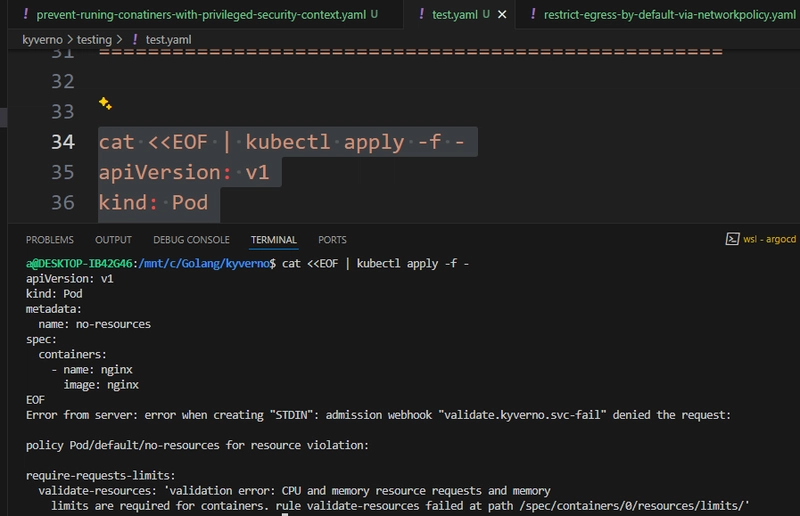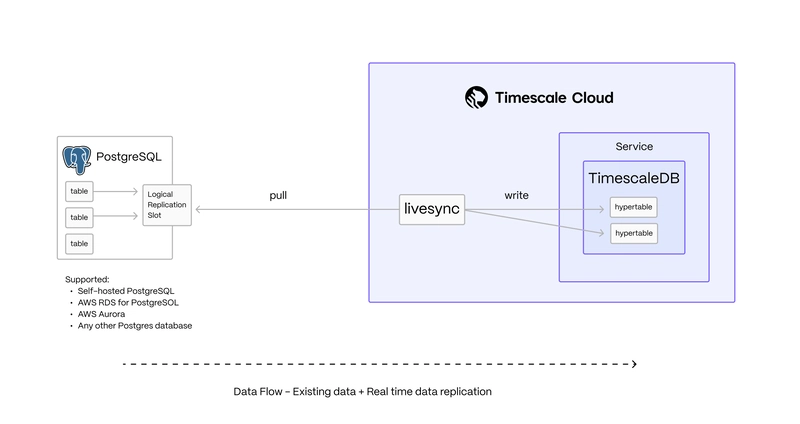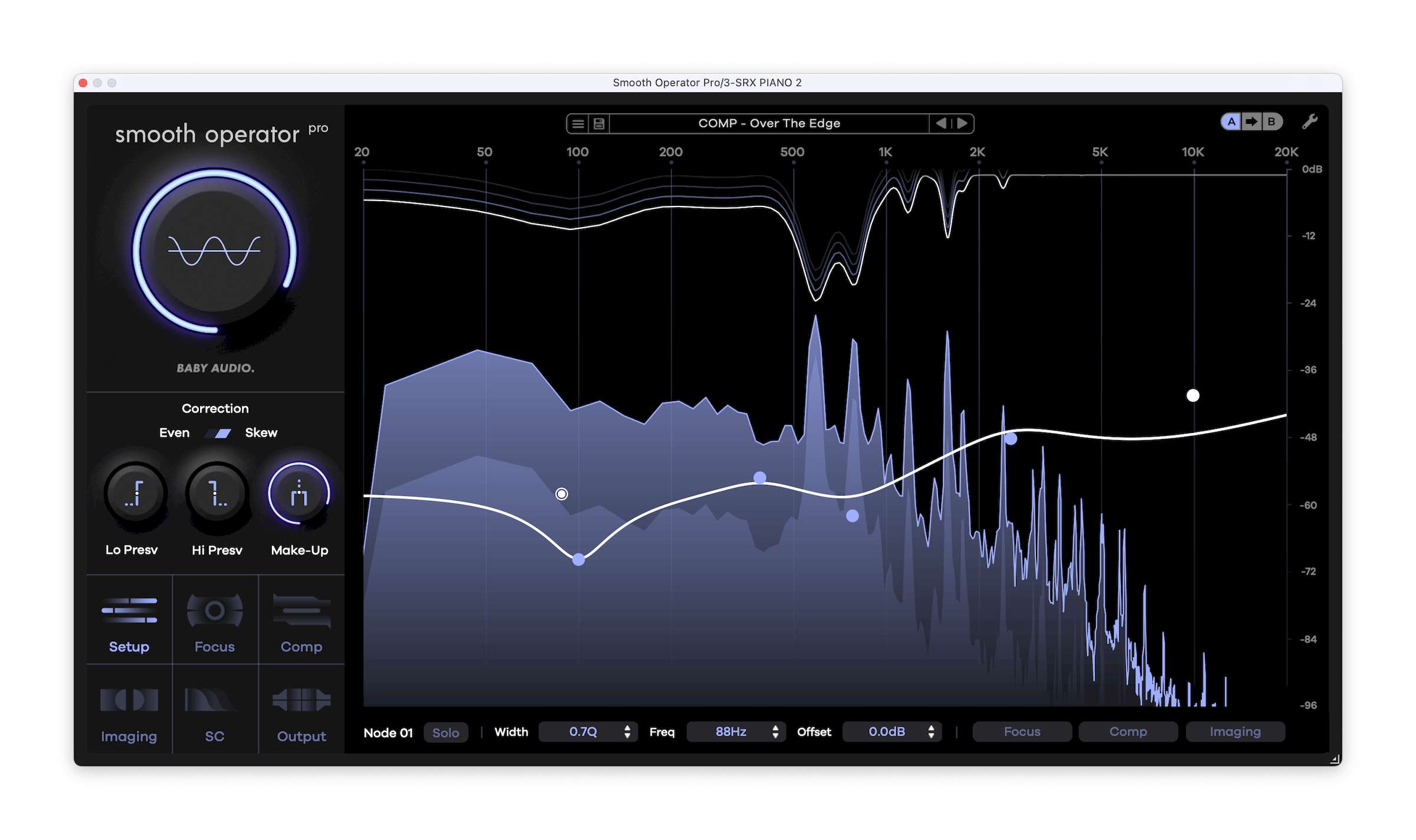Google Chrome Vulnerability Let Attackers Escape Payload from Sandbox – Technical Details Disclosed
A critical vulnerability in Google Chrome has recently been discovered that allows malicious actors to break out of the browser’s protective sandbox environment, potentially giving attackers access to the underlying operating system. The flaw, identified as CVE-2025-2783, affects Chrome versions prior to 134.0.6998.142 across Windows, macOS, and Linux platforms. This vulnerability represents a significant security […] The post Google Chrome Vulnerability Let Attackers Escape Payload from Sandbox – Technical Details Disclosed appeared first on Cyber Security News.

A critical vulnerability in Google Chrome has recently been discovered that allows malicious actors to break out of the browser’s protective sandbox environment, potentially giving attackers access to the underlying operating system.
The flaw, identified as CVE-2025-2783, affects Chrome versions prior to 134.0.6998.142 across Windows, macOS, and Linux platforms.
This vulnerability represents a significant security breach in Chrome’s defense mechanisms, as the sandbox is specifically designed to isolate potentially harmful web content from accessing sensitive system resources.
The vulnerability stems from a memory corruption issue in Chrome’s V8 JavaScript engine, enabling attackers to execute arbitrary code within the sandboxed environment.
By exploiting this initial weakness, attackers could then leverage a second flaw in the Inter-Process Communication (IPC) mechanism to escalate privileges and escape the sandbox entirely.
SecureLayer7 analysts identified the vulnerability during routine security audits, noting that the exploit chain requires minimal user interaction beyond visiting a malicious webpage.
Their analysis revealed that successful exploitation could lead to complete system compromise, with attackers gaining the ability to install malware, access sensitive data, and establish persistence on affected systems.
This vulnerability is particularly concerning because it bypasses Chrome’s multi-layered security architecture, which typically prevents web-based attacks from affecting the host system.
Google has assigned a “High” severity rating to the issue, acknowledging its potential for widespread impact given Chrome’s dominant market share of approximately 65% of global browser usage.
The exploit functions through a sophisticated two-stage attack. Initially, attackers trigger a type confusion vulnerability in V8 that allows arbitrary code execution within the sandbox:-
function trigger() {
const arr = new Uint8Array(1024);
const obj = { x: 1.1 };
// Force JIT compilation
for (let i = 0; i < 100000; i++) {
obj.x = arr[i % 1024];
}
// Trigger type confusion
const vuln = Object.create(obj);
vuln.__proto__ = arr;
return vuln.x.toString();
}This code creates a type confusion scenario where the JavaScript engine incorrectly handles object types, allowing attackers to manipulate memory and execute arbitrary code.
The second stage of the attack exploits a flaw in Chrome’s IPC message handling to escape the sandbox restriction.
Google has released an emergency update that patches this vulnerability. Users are strongly advised to verify their Chrome version is 134.0.6998.177 or later by navigating to chrome://settings/help, and to restart their browsers to apply the update immediately.
Malware Trends Report Based on 15000 SOC Teams Incidents, Q1 2025 out!-> Get Your Free Copy
The post Google Chrome Vulnerability Let Attackers Escape Payload from Sandbox – Technical Details Disclosed appeared first on Cyber Security News.











































































